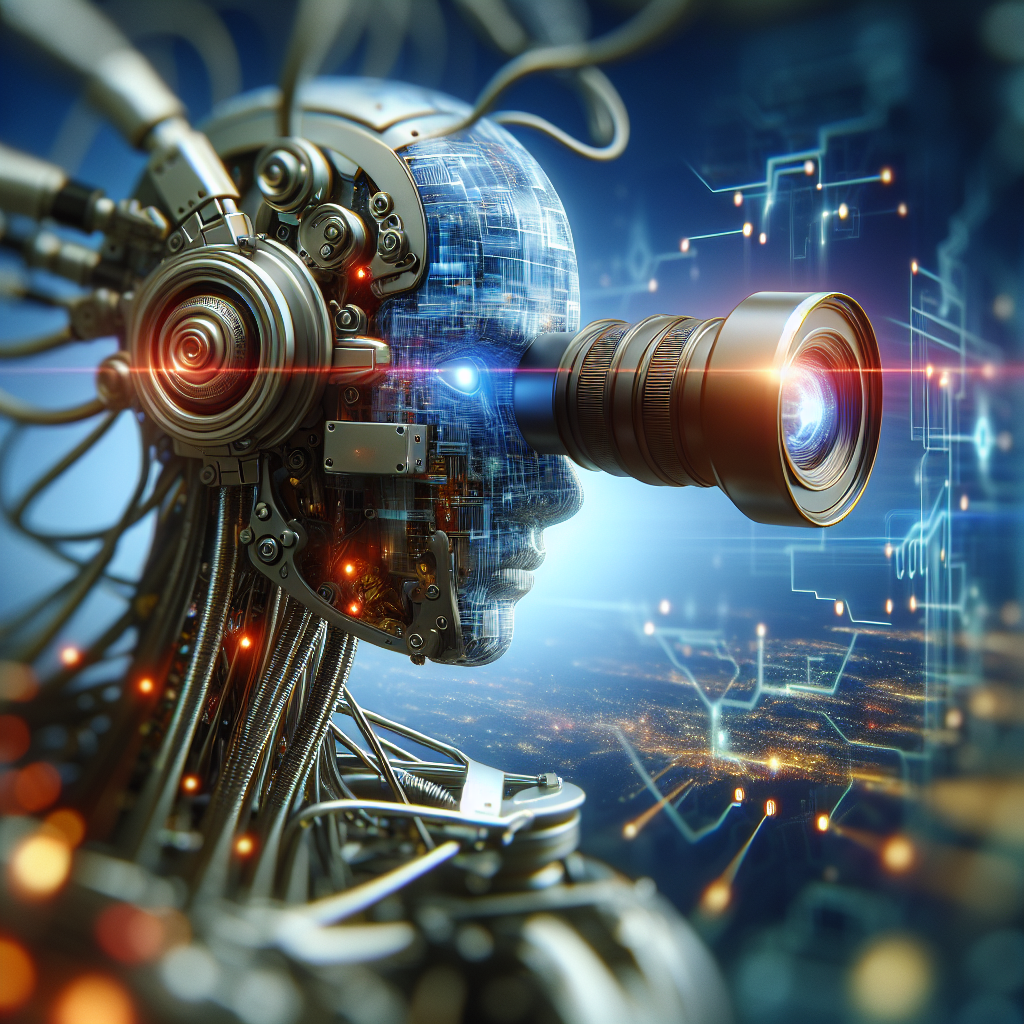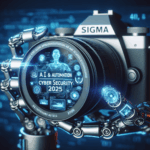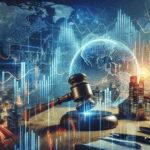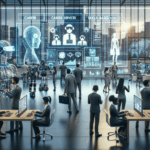How Cyber Security is Influencing AI and Automation in 2025
In 2025, the intersection of cyber security with AI and automation is more critical than ever. As automated systems become smarter and more autonomous, their vulnerability to cyber threats grows. This blog will explore how cyber security is shaping the evolution of AI and automation in this rapidly changing technological landscape.
The Growing Interdependence Between Cyber Security and AI Systems
AI systems are now embedded in essential services such as healthcare, finance, transportation and defence. Their increasing complexity brings heightened exposure to cyber risks. Malicious actors no longer just target data storage systems. They now manipulate AI algorithms, launching data poisoning attacks, adversarial AI exploits and unauthorised model access. As a result, cyber security measures have had to evolve, becoming integral to AI development and deployment, not just protective layers added afterward.
Modern cyber security frameworks in 2025 now incorporate AI-focused threat modelling. These strategies identify unique vulnerabilities in machine learning models, such as how AI systems interpret training data and make predictions. New tools are also emerging to verify AI integrity throughout its lifecycle, ensuring that automation does not act unpredictably due to hidden manipulations or corrupted algorithms.
At the same time, AI itself is being used to reinforce cyber security efforts. Automated systems powered by machine learning algorithms can detect anomalies in real time, track suspicious behaviours, and autonomously respond to threats. This circular relationship means AI and cyber security are inextricably linked, evolving together to combat increasingly sophisticated threats.
Secure Automation: Building Trust into Intelligence at Scale
Automation in 2025 is far more than robotic process automation. It encompasses self-healing systems, automated decision engines and large-scale autonomous operations. However, the expansion of automation also increases the potential attack surface. One compromised node in an automated workflow can lead to widespread disruption.
In response, organisations are integrating zero trust architectures within automated infrastructures. These models assume no part of the system is trustworthy by default. Every interaction is verified, authorised and logged. This ensures that even when systems scale, each component maintains tight security protocols.
Moreover, governments and industry leaders are setting stricter guidelines around the ethical design and deployment of AI-enabled automation. This includes secured code practices, continuous vulnerability assessment, and AI transparency standards. These controls help maintain public trust and operational integrity when machines are empowered to make critical decisions.
Collaboration between cyber security experts and data scientists is now routine. Cyber security is no longer a separate department but embedded throughout the AI and automation pipeline. This integrated approach reflects the high stakes of 2025, where automation decisions can affect entire economies and public safety.
Conclusion
In 2025, cyber security and AI are no longer isolated disciplines. Their integration is not only protecting automated systems from new-age threats but also enabling their safe expansion. With AI fortifying cyber defences and cyber security shaping how AI evolves, the two are forming a robust alliance that defines the future of intelligent automation. This convergence is essential for secure digital progress.







